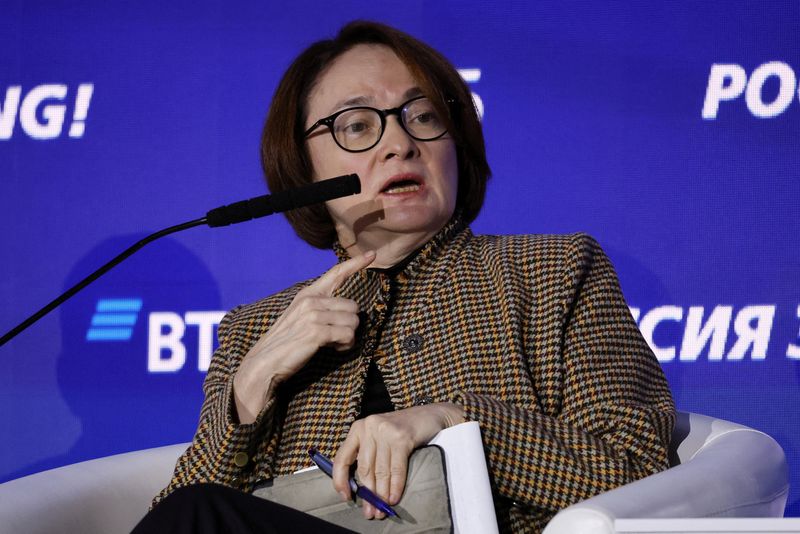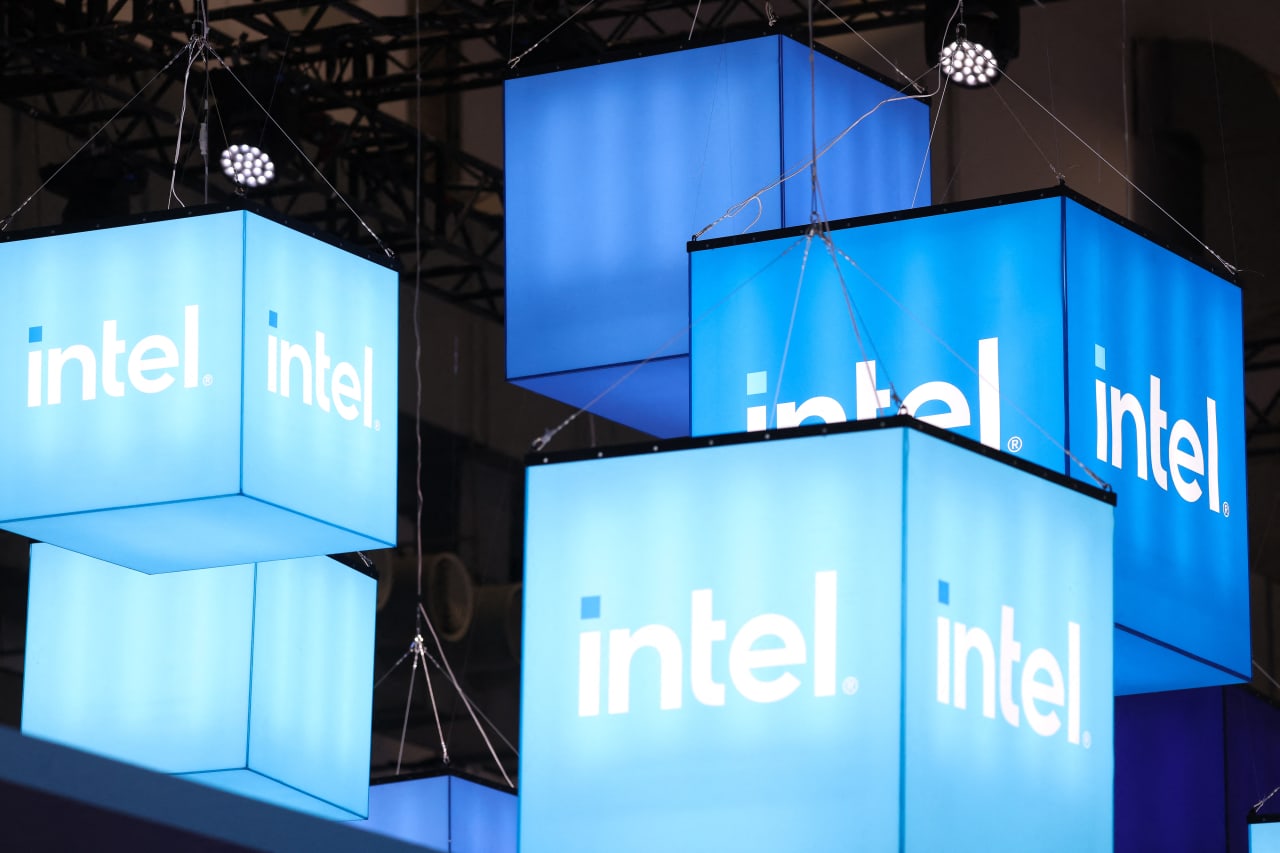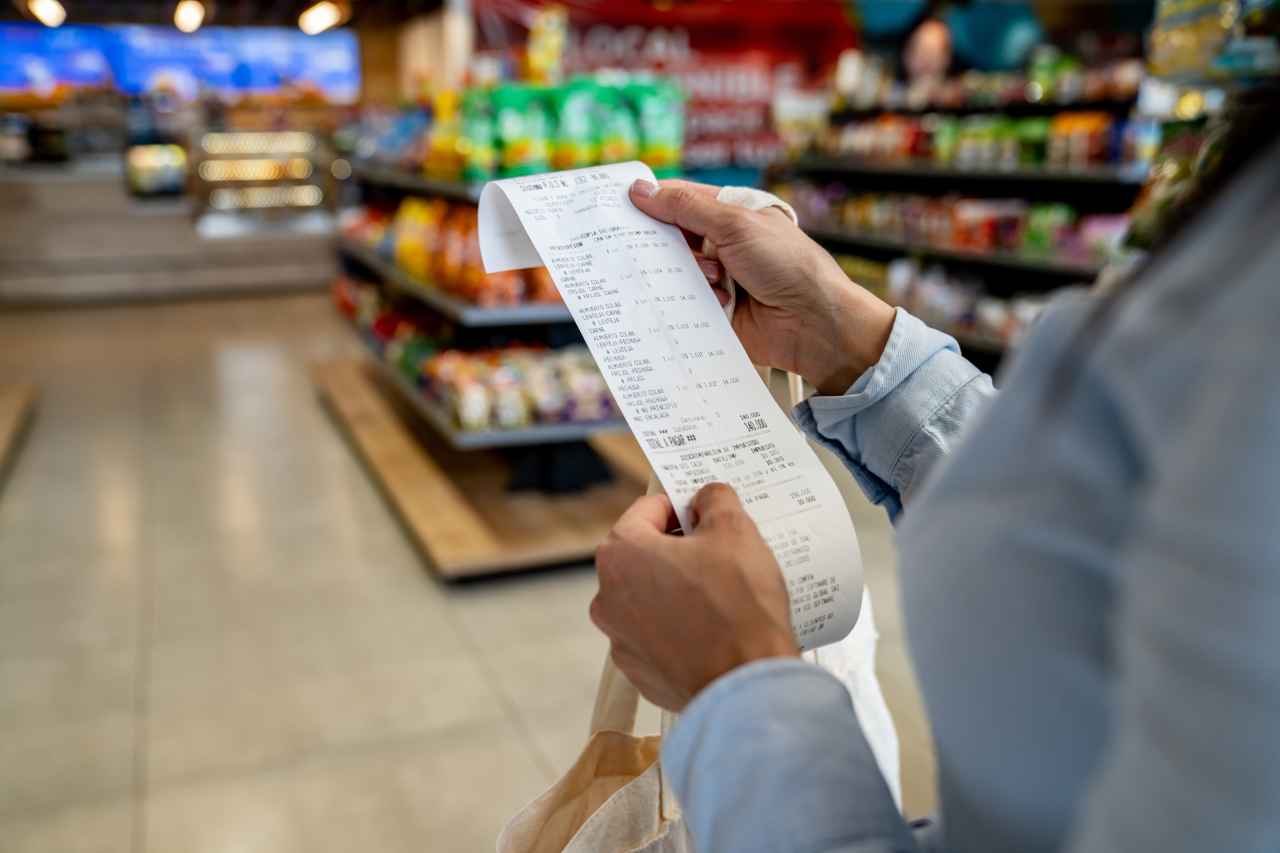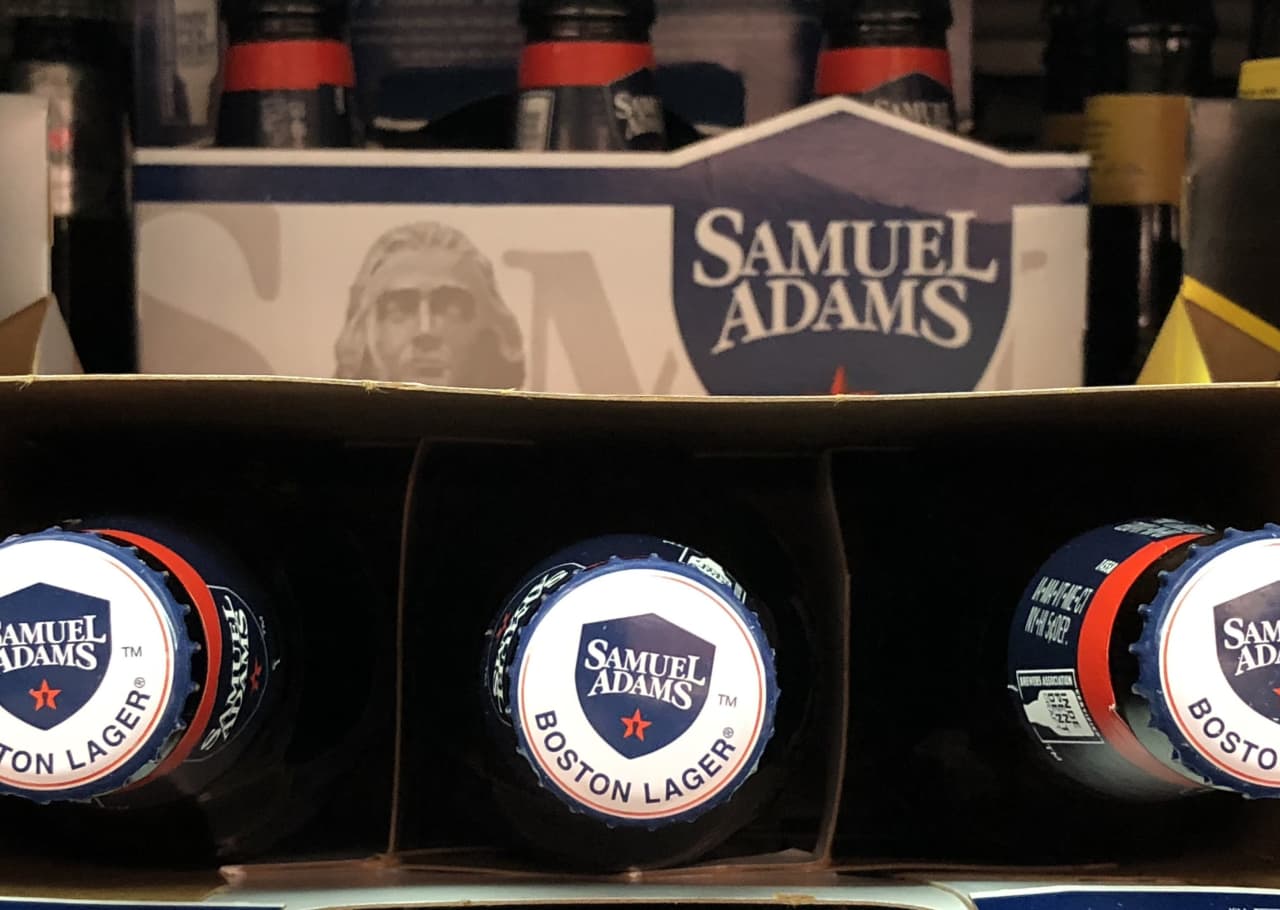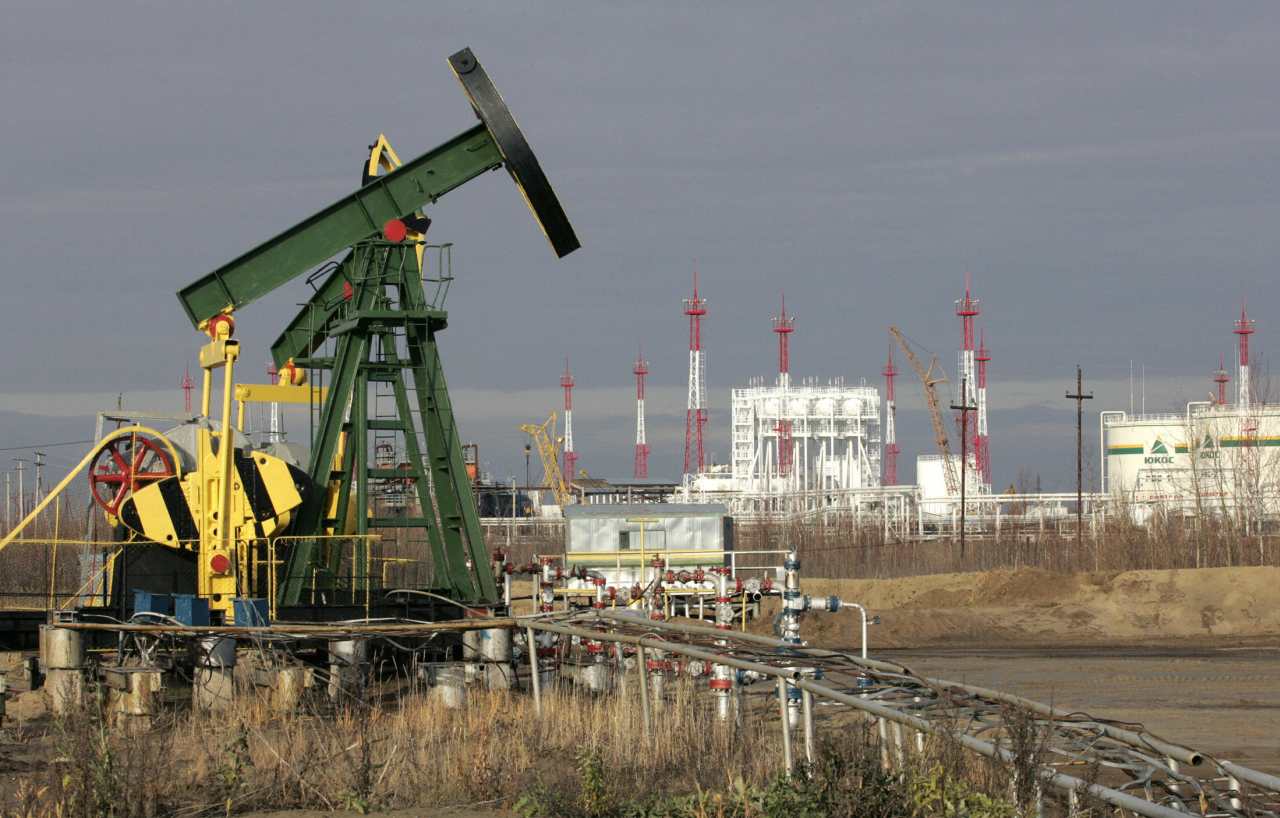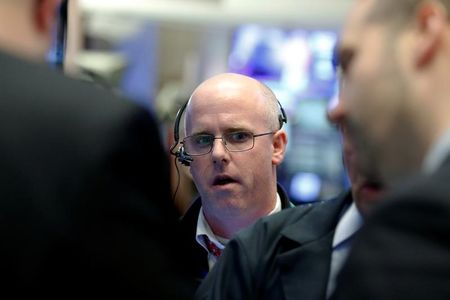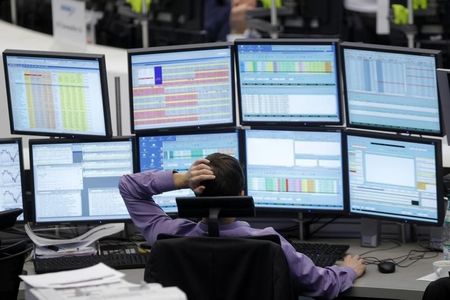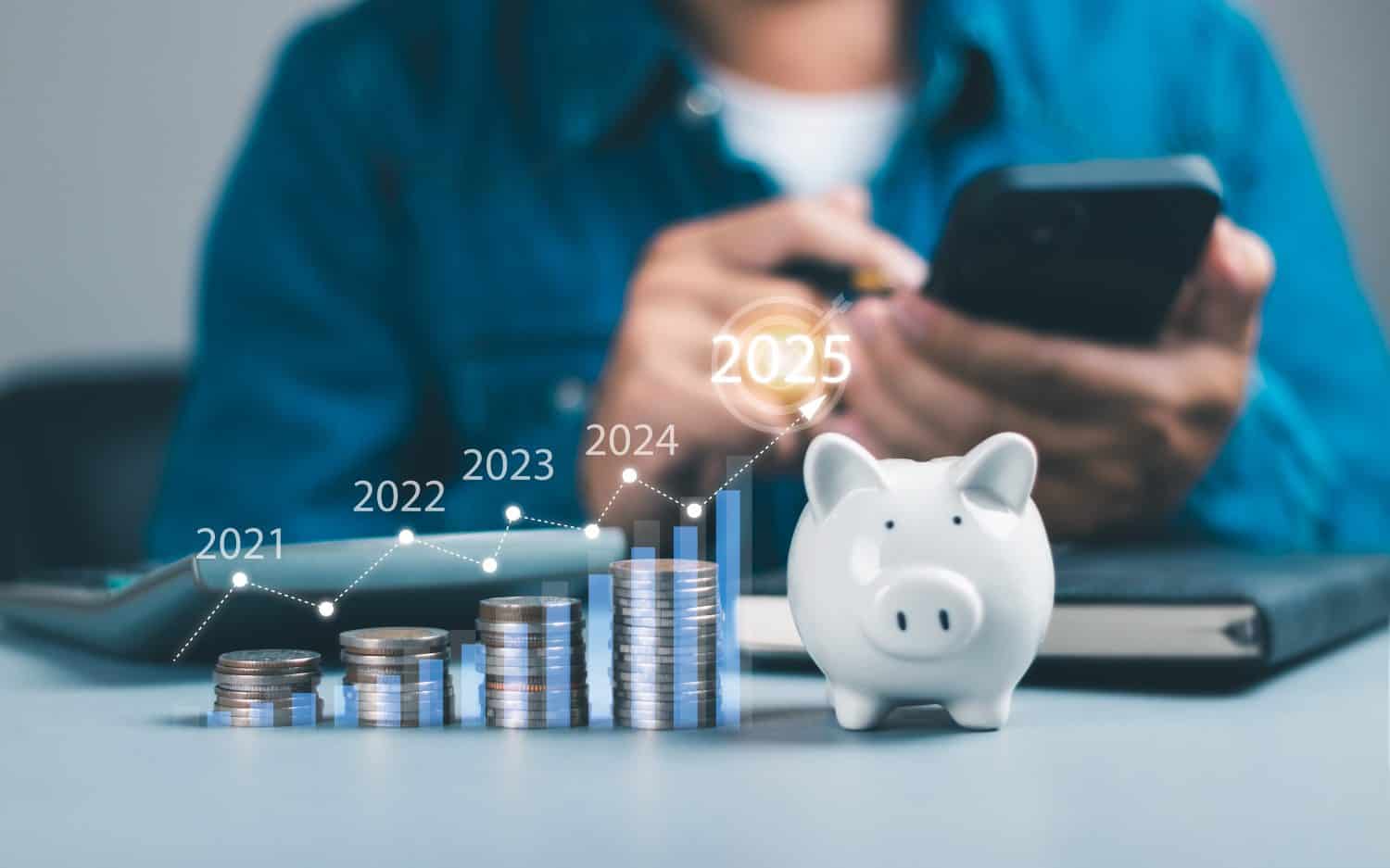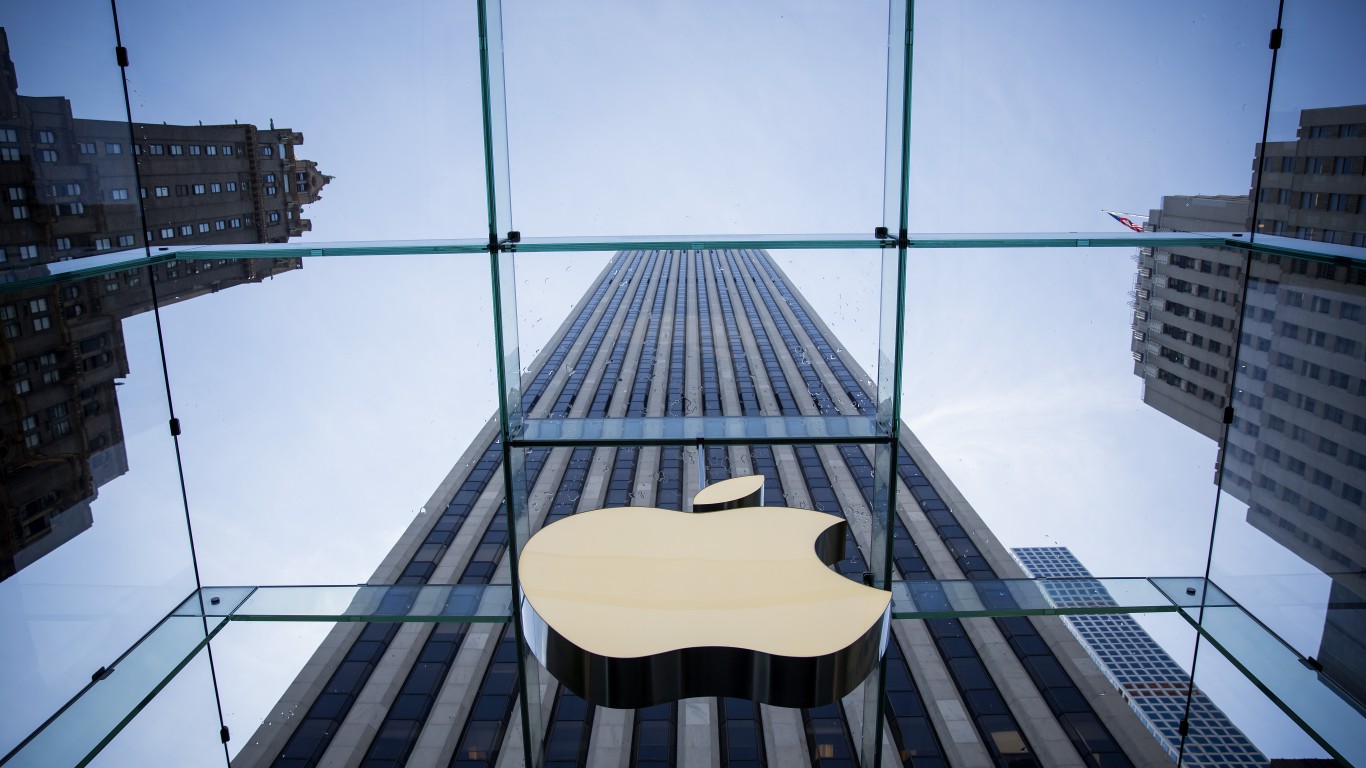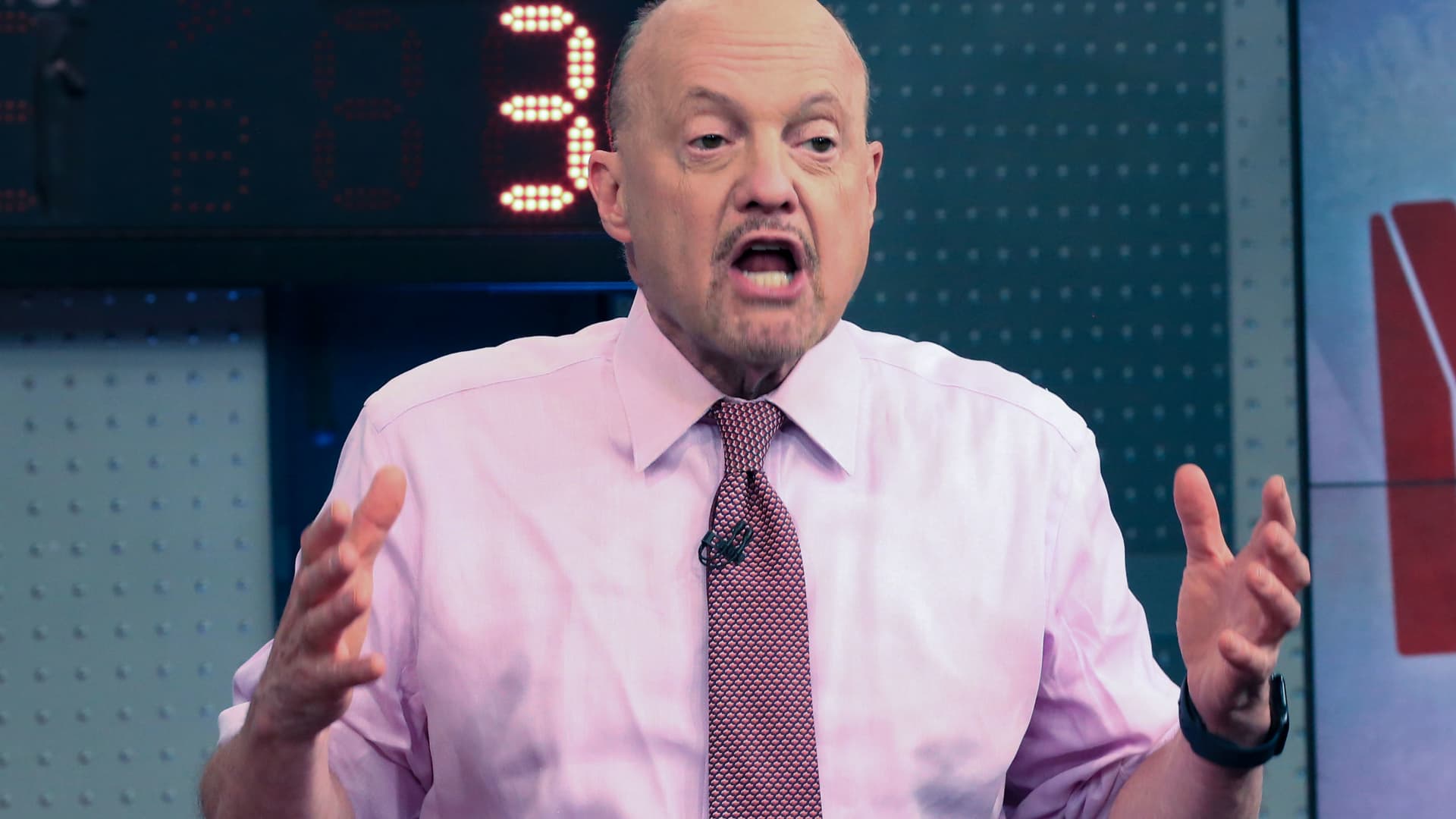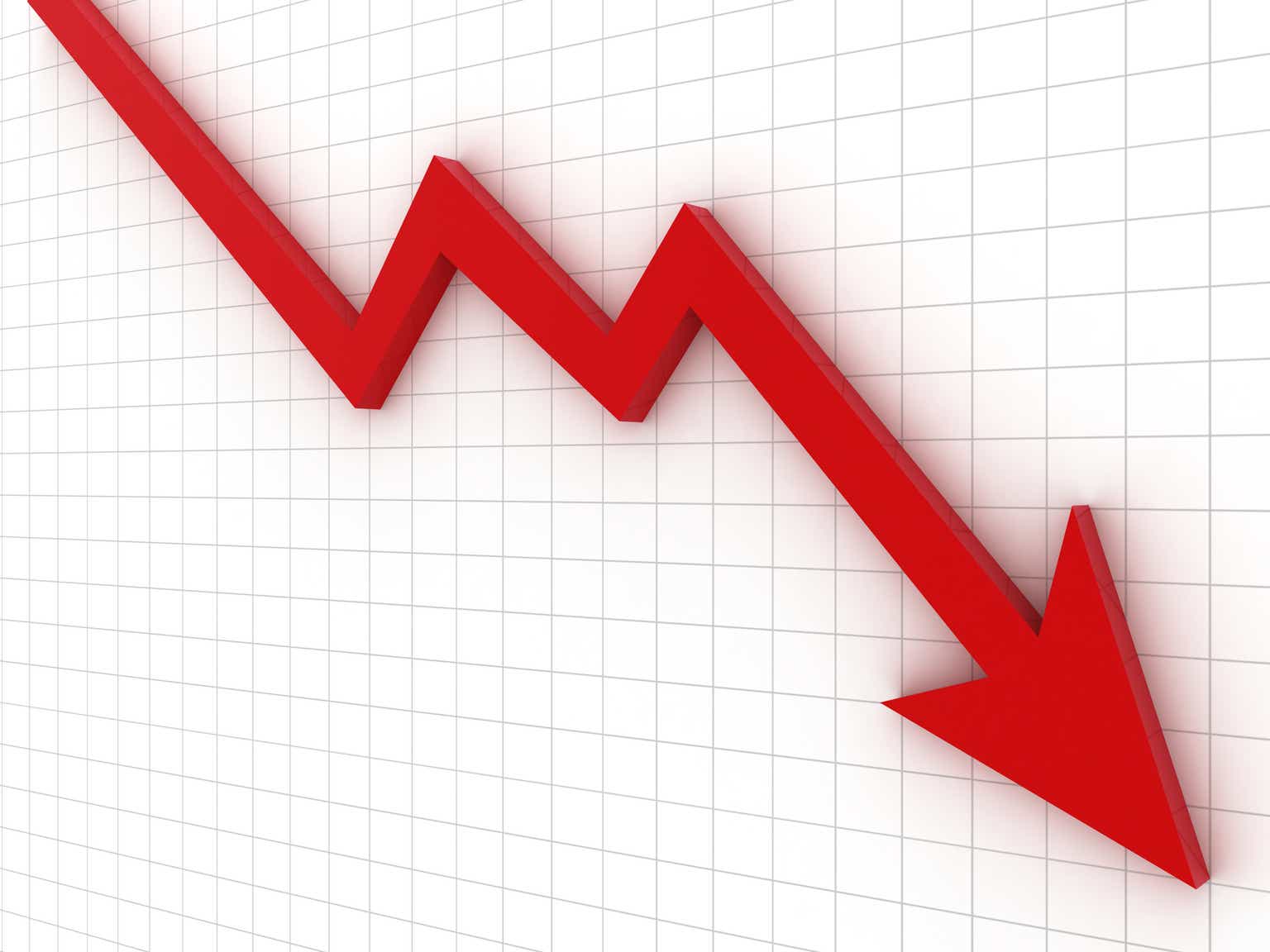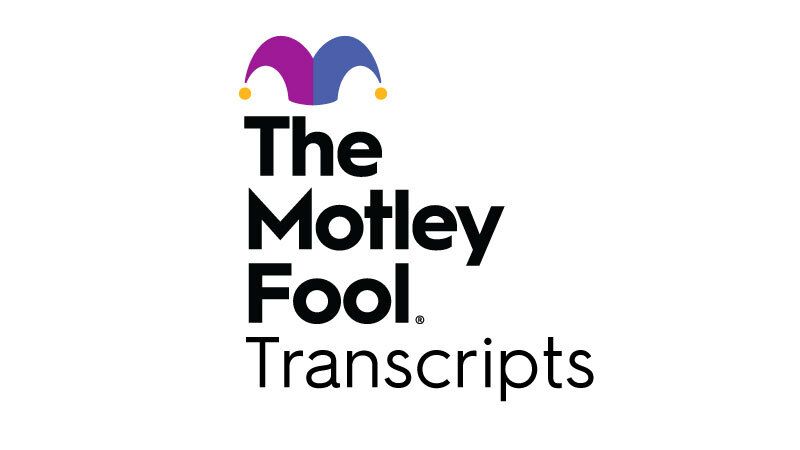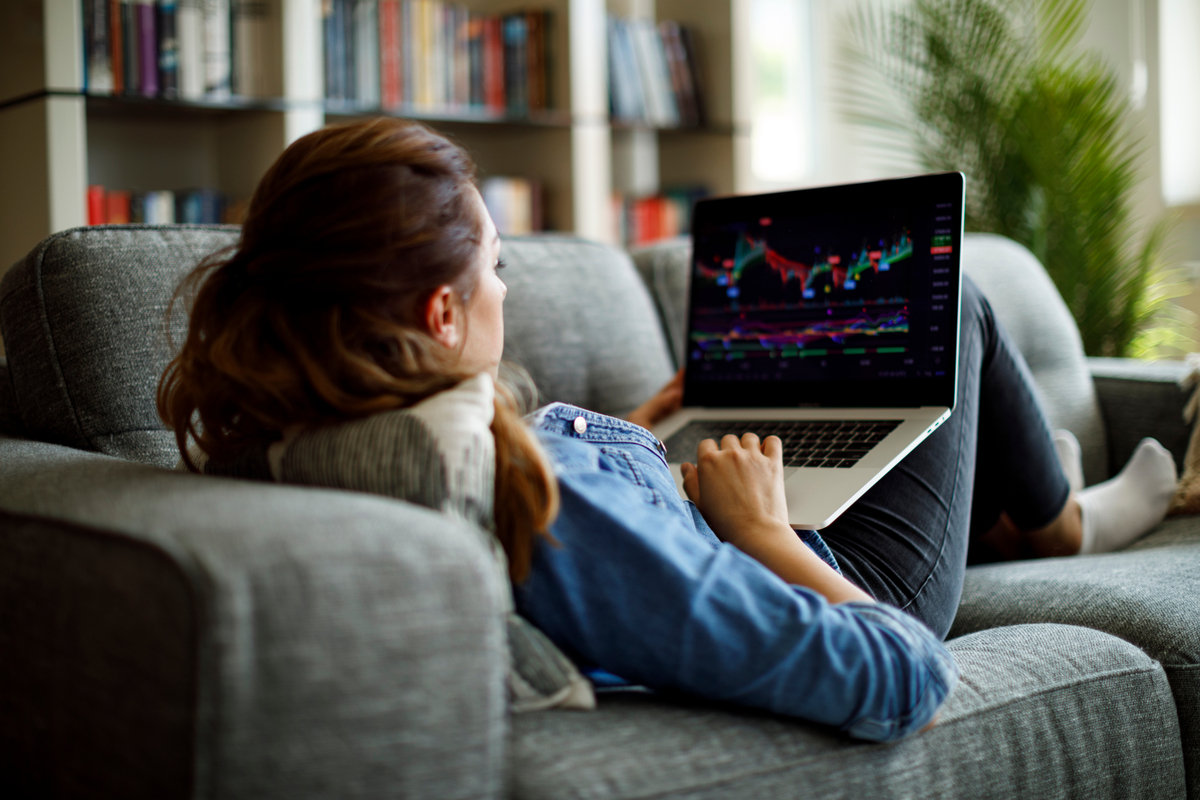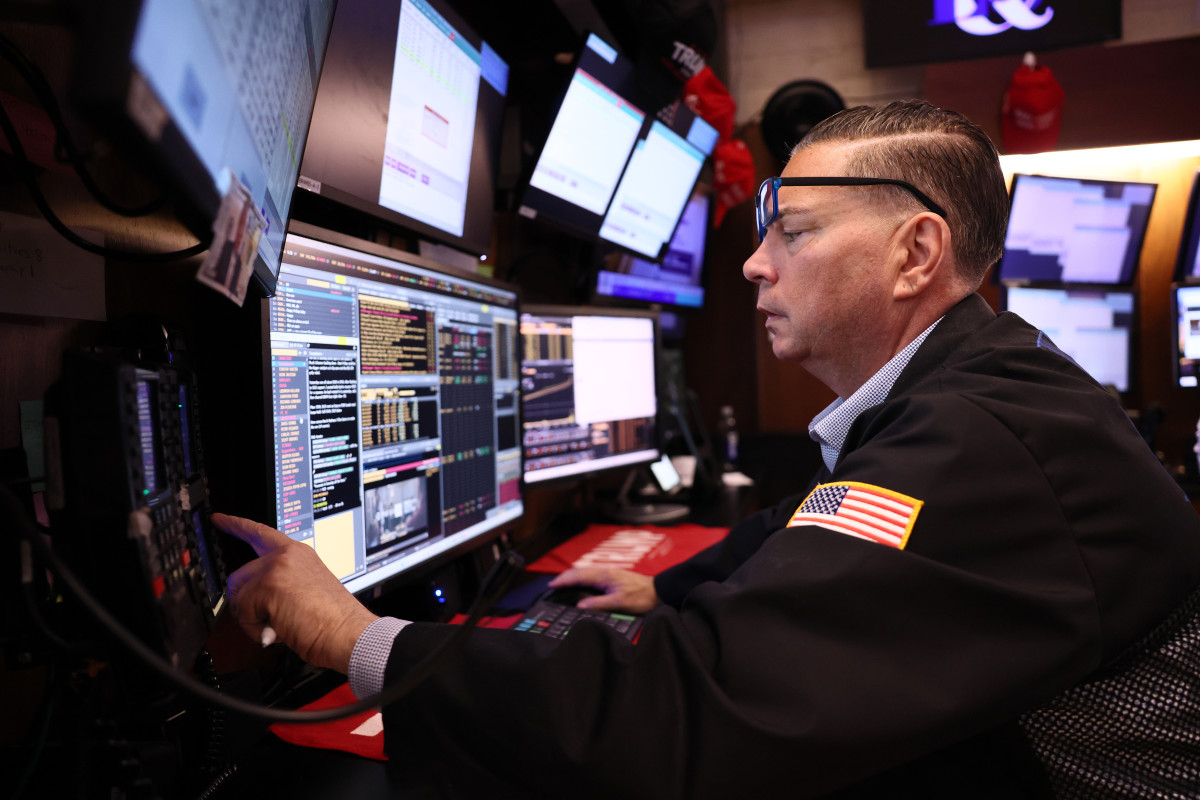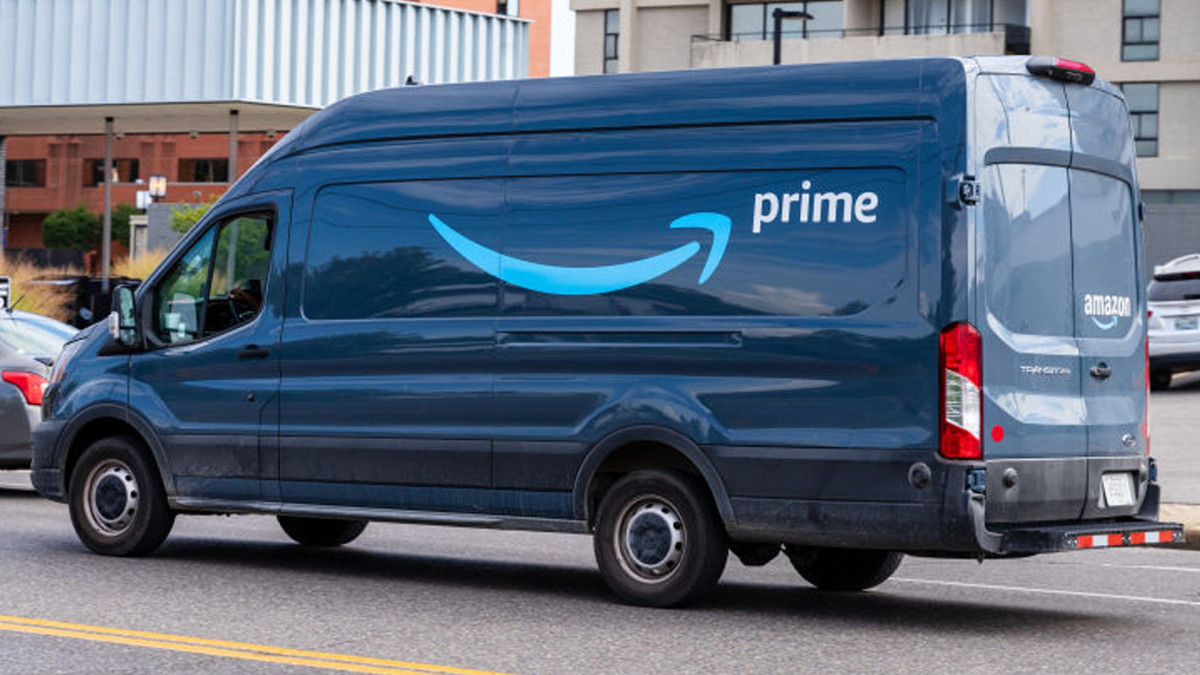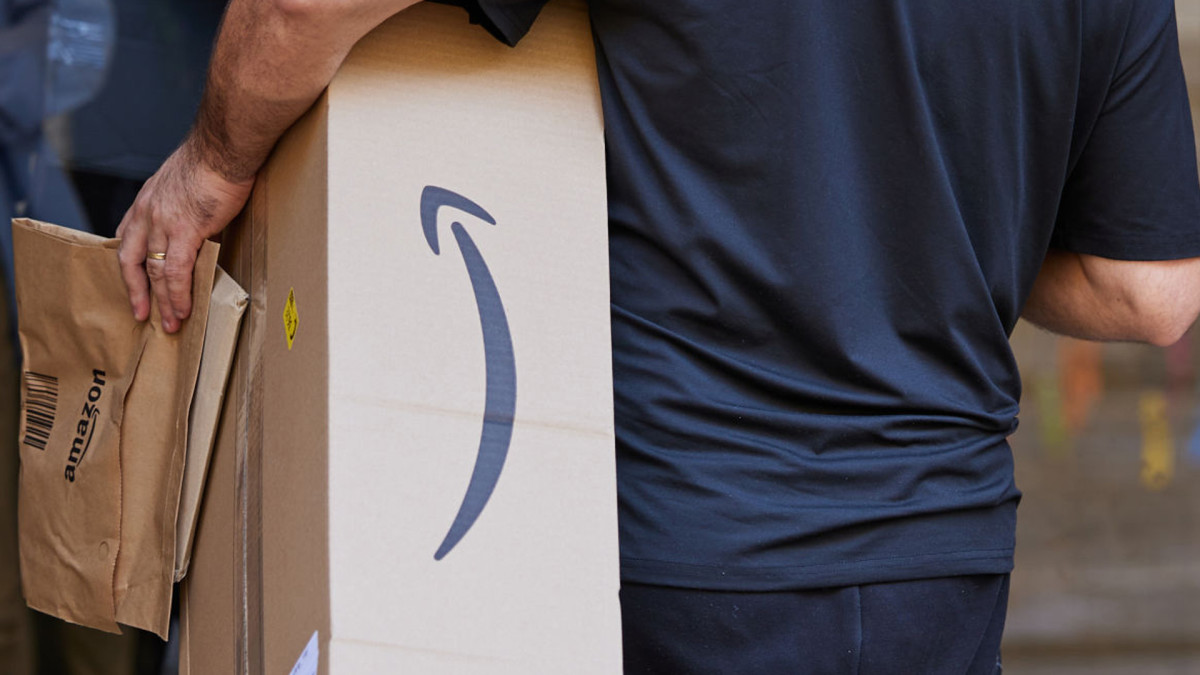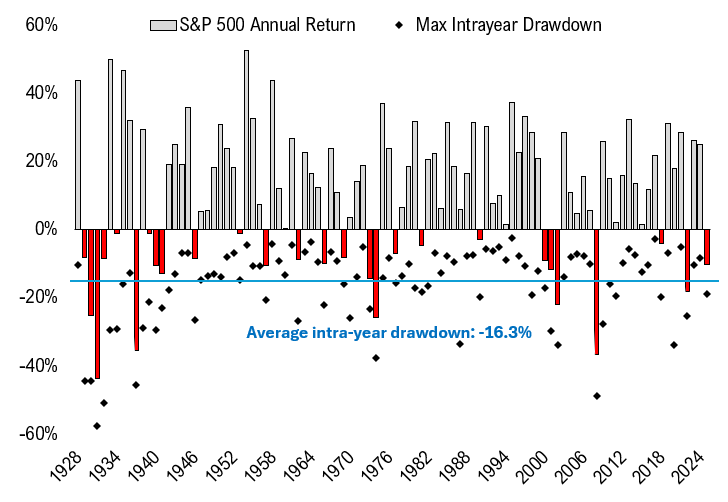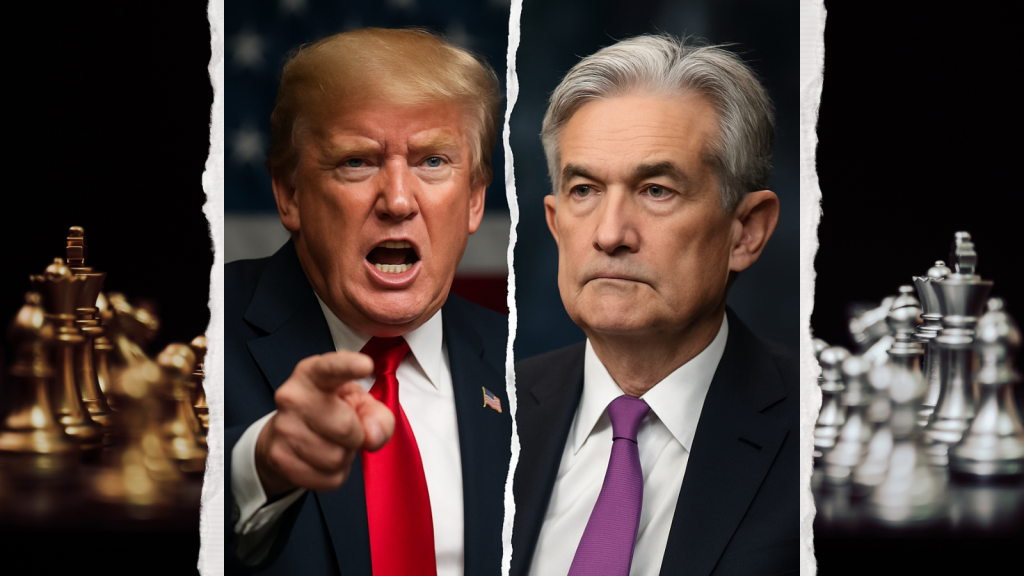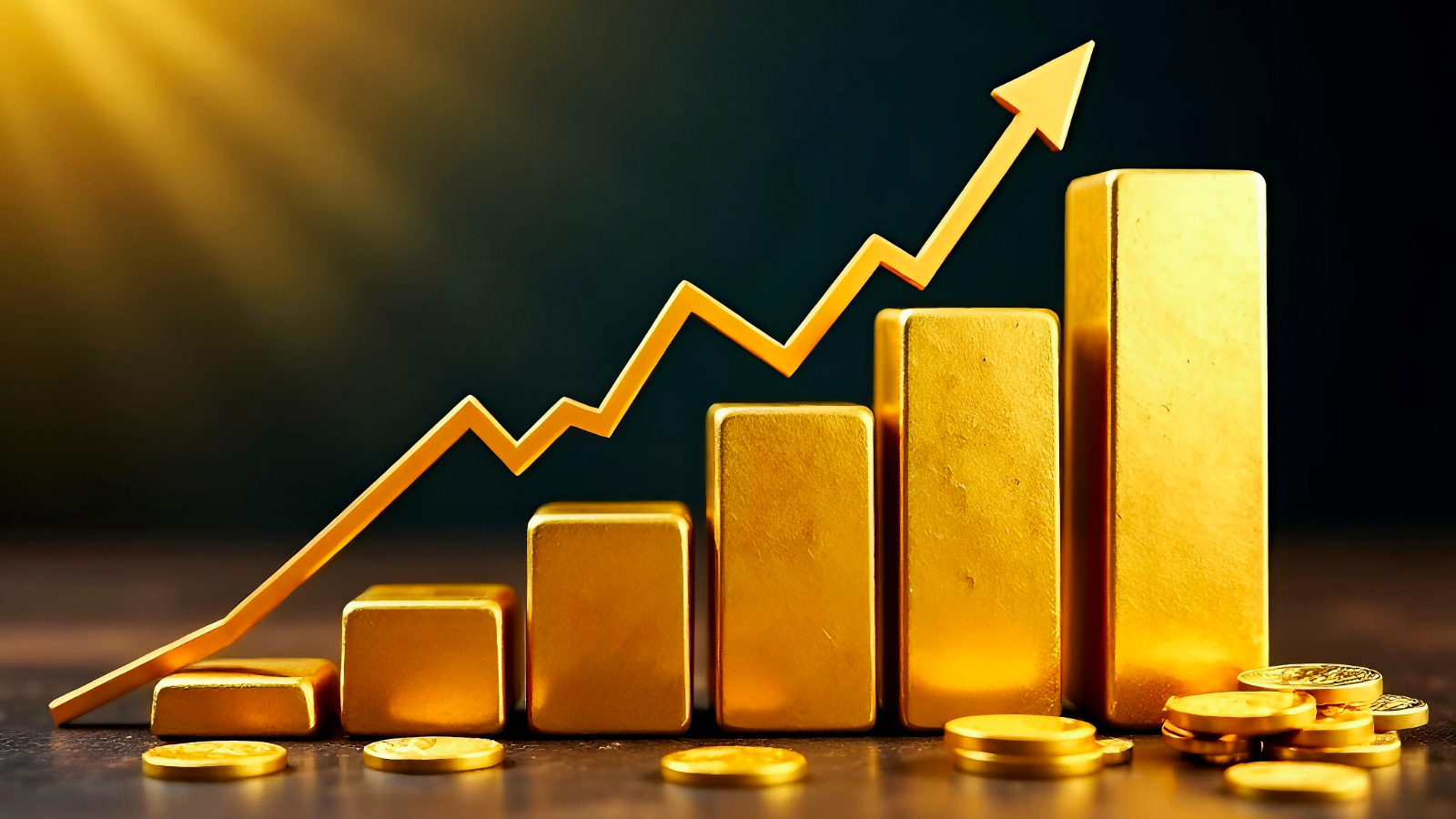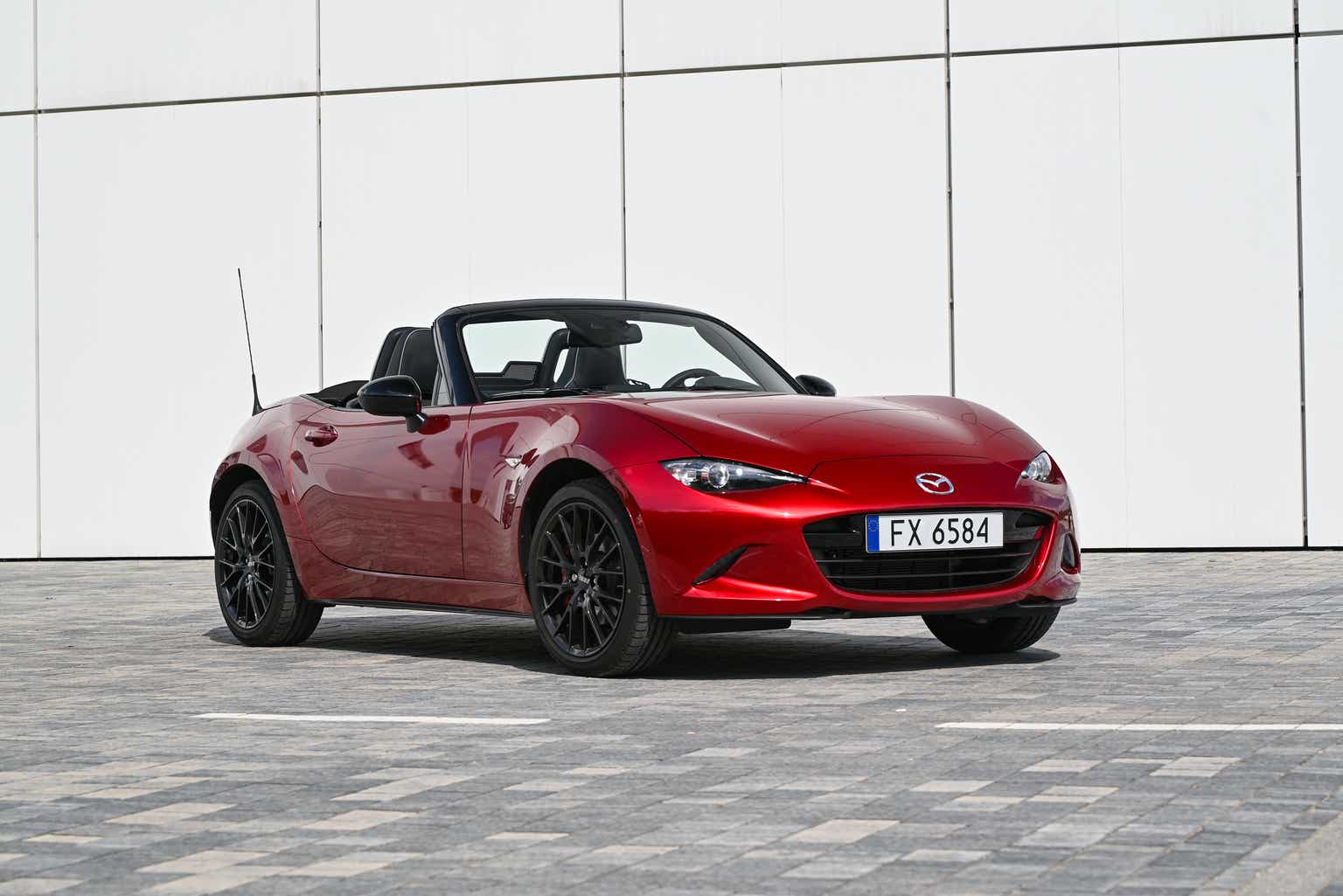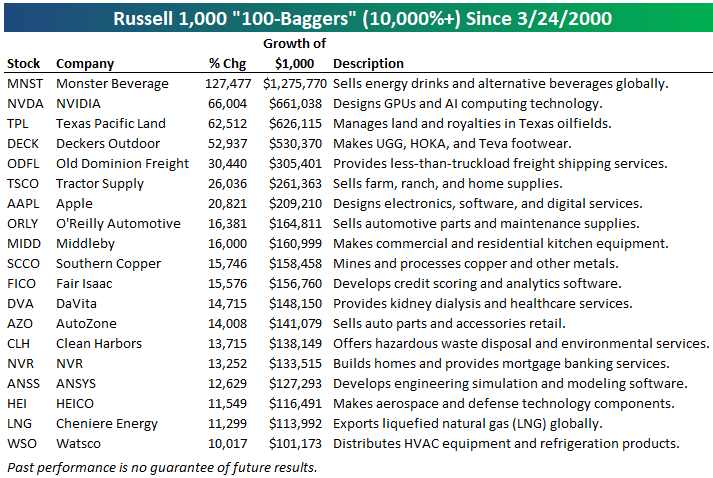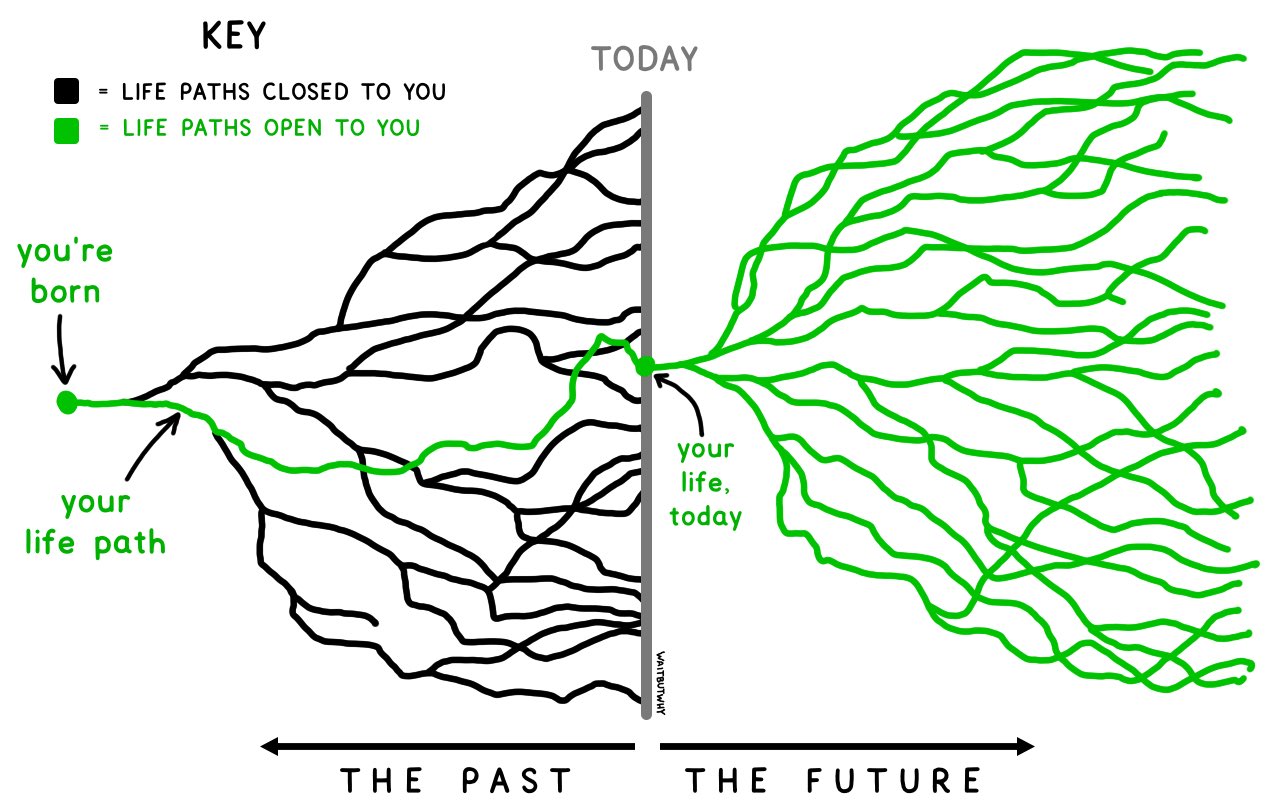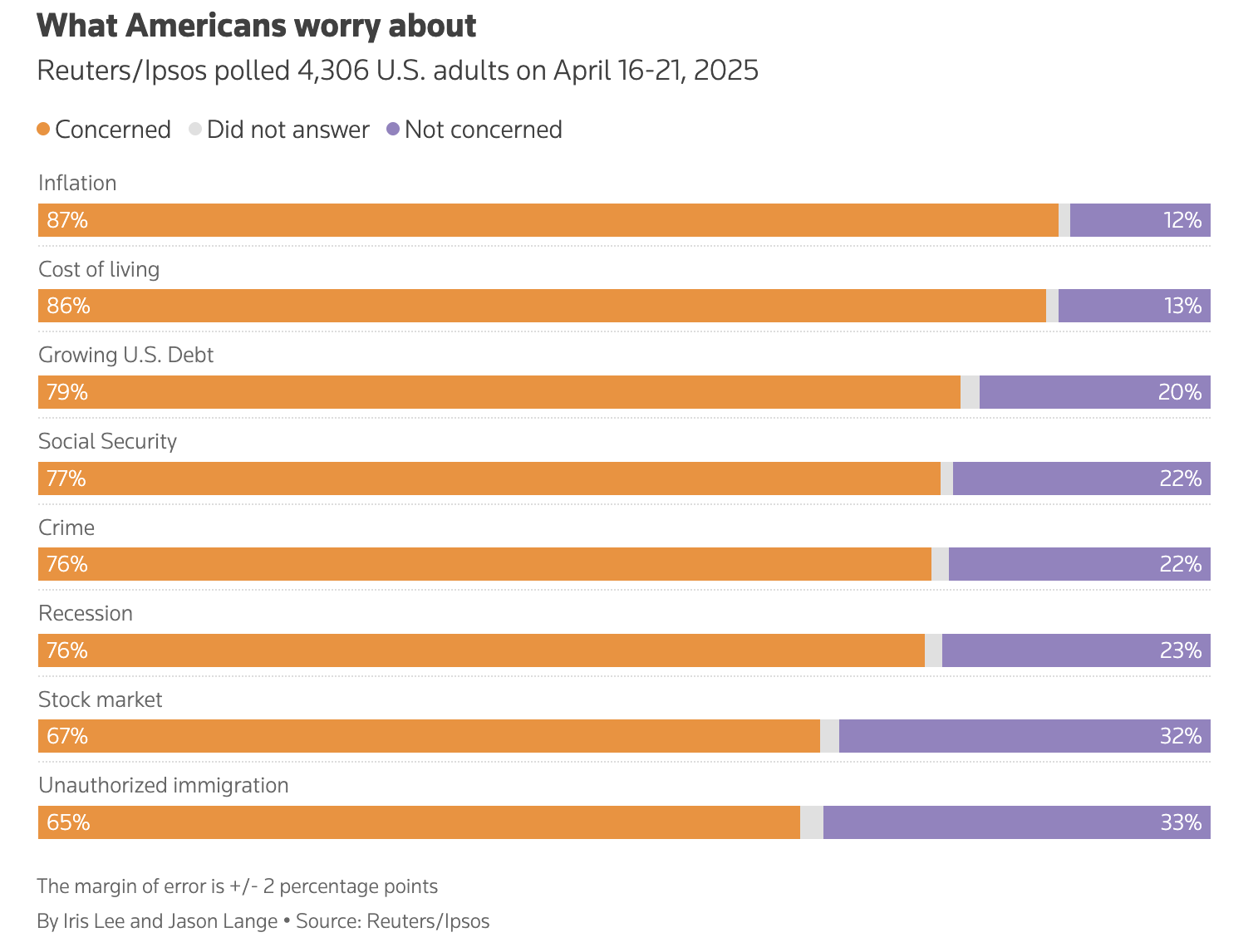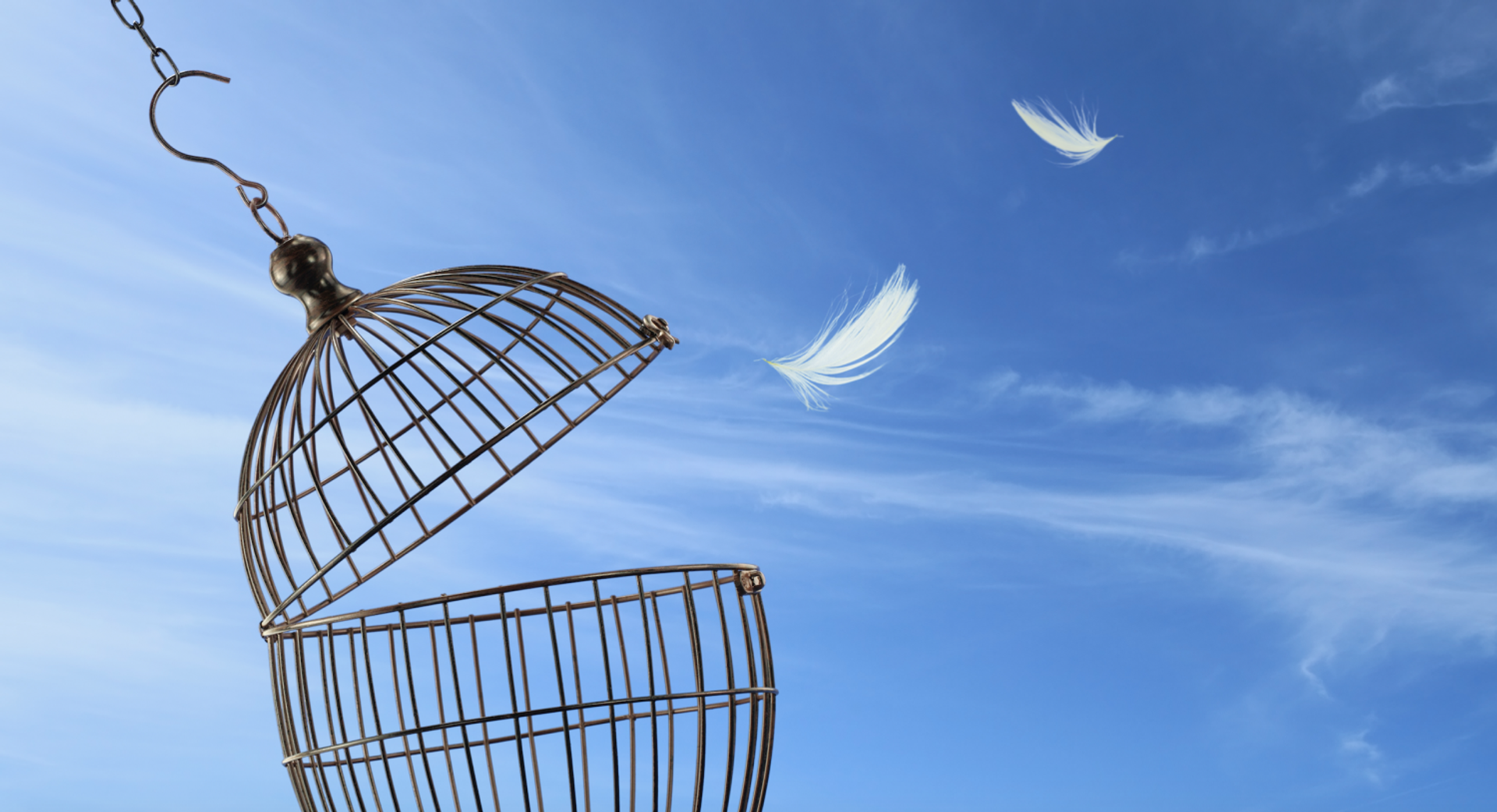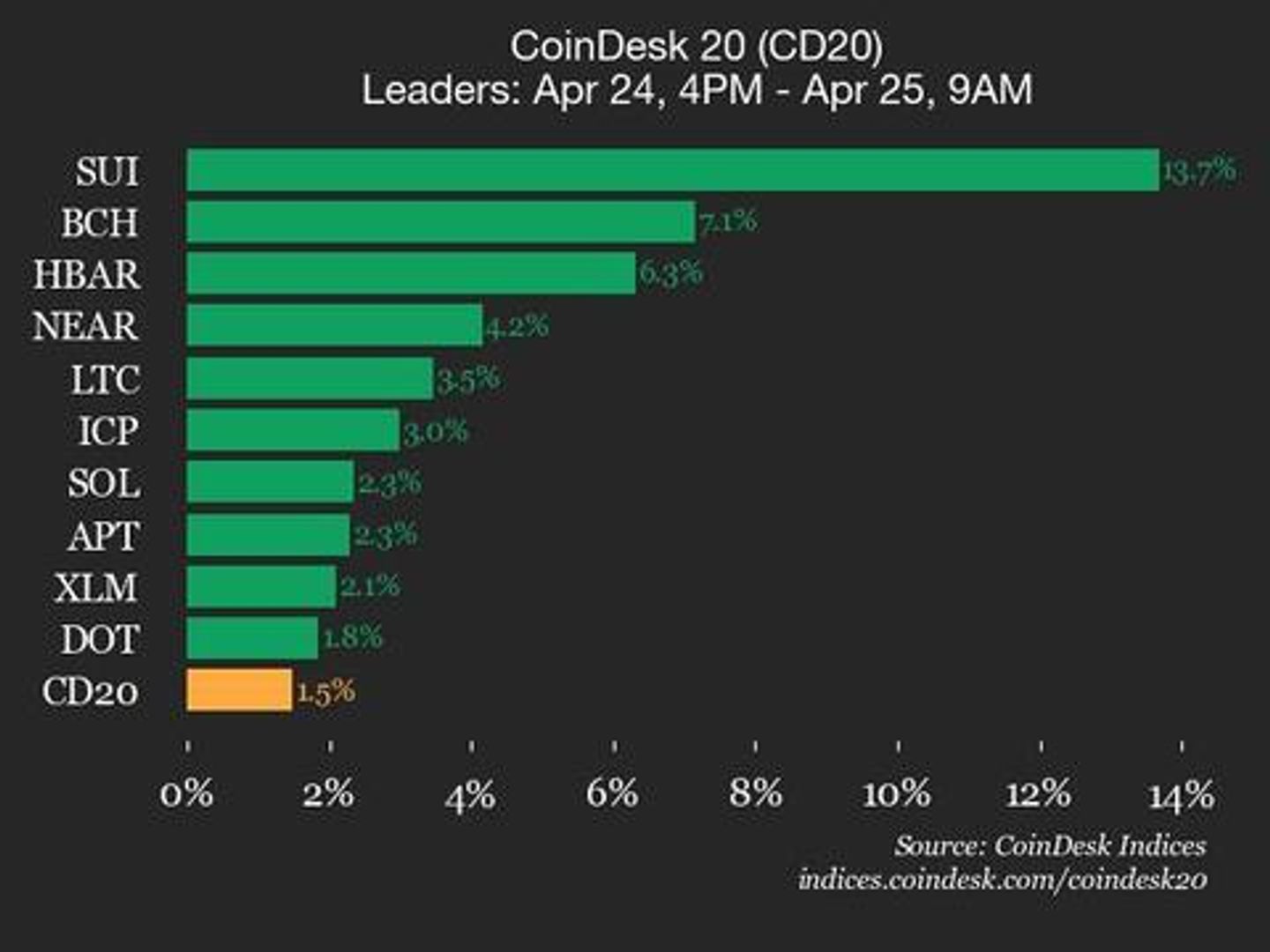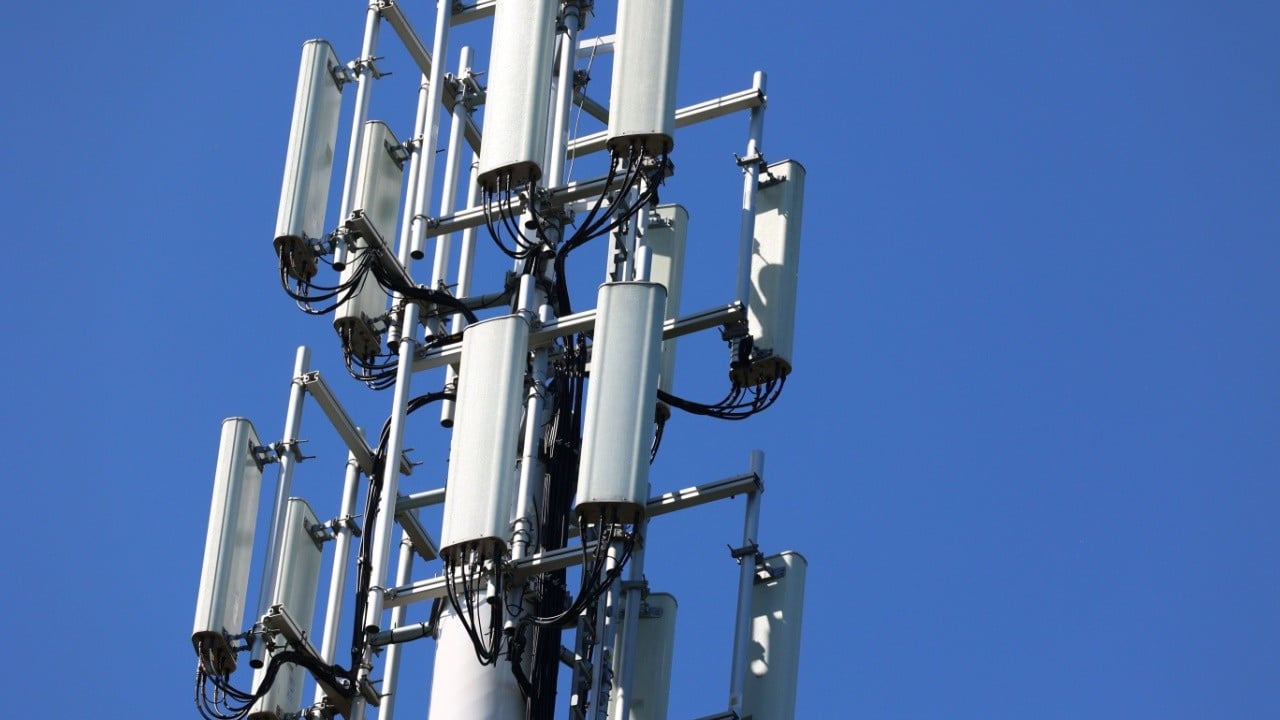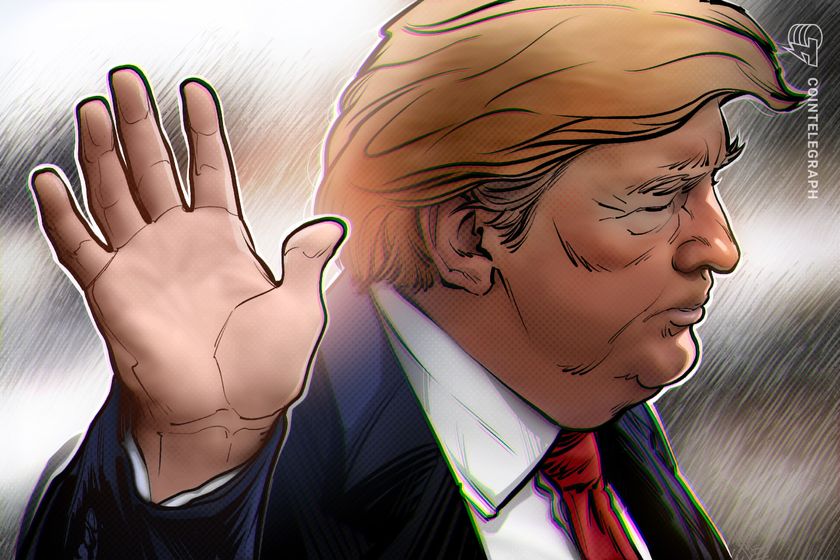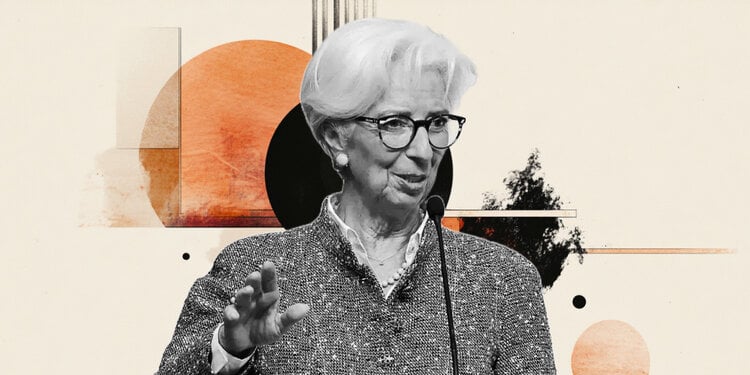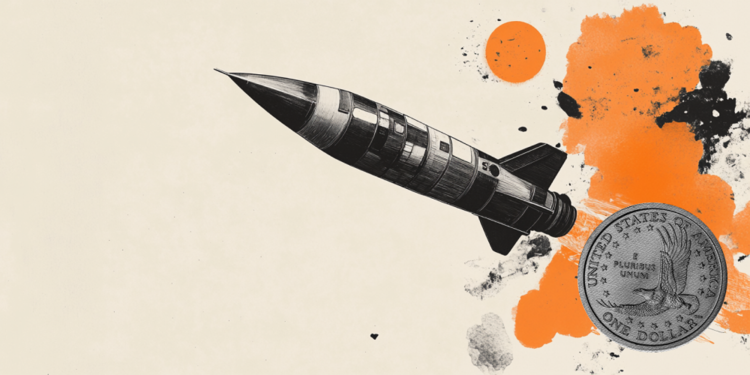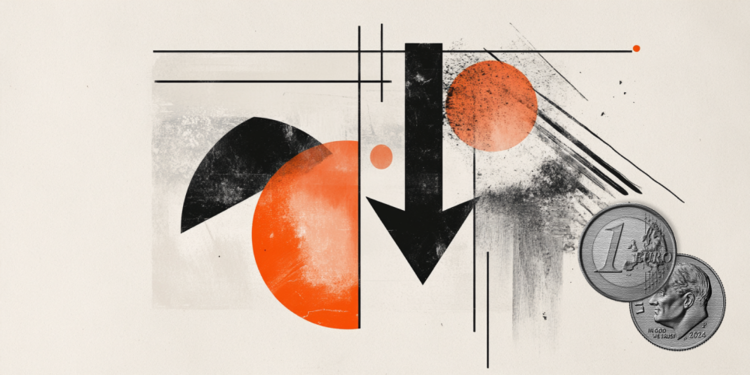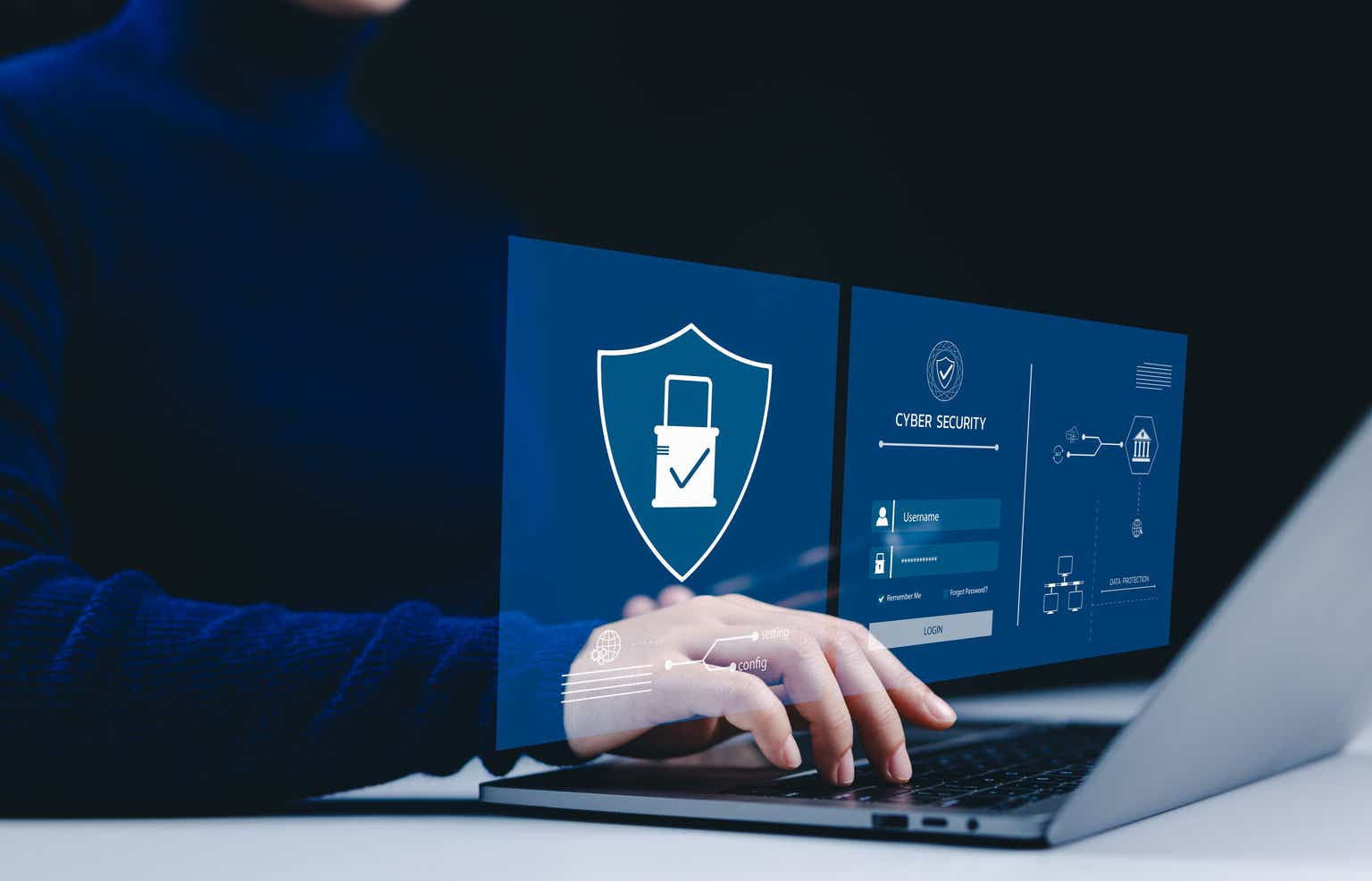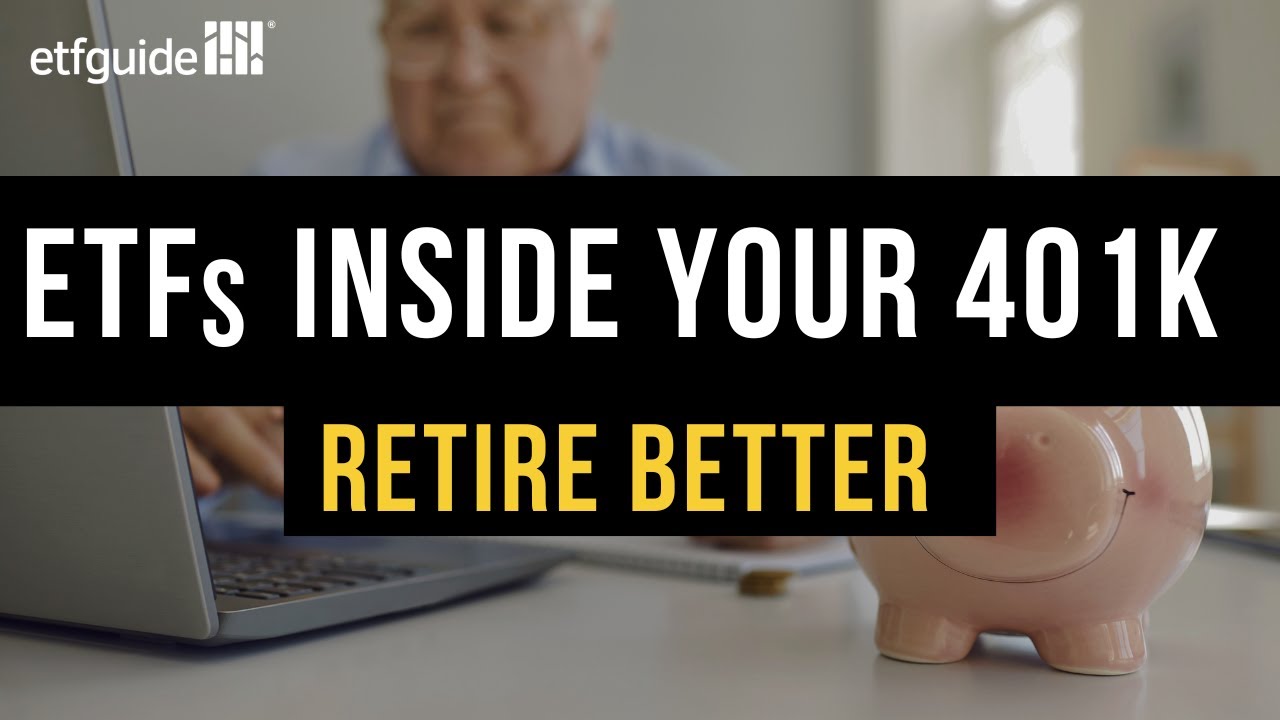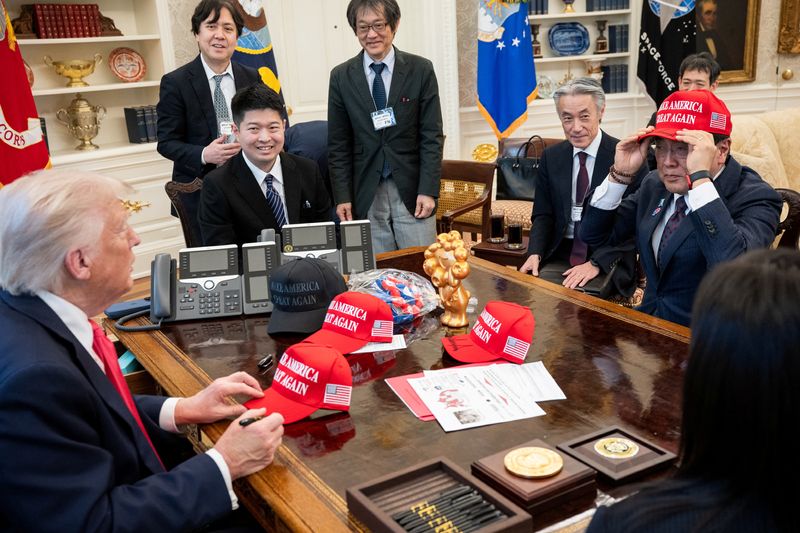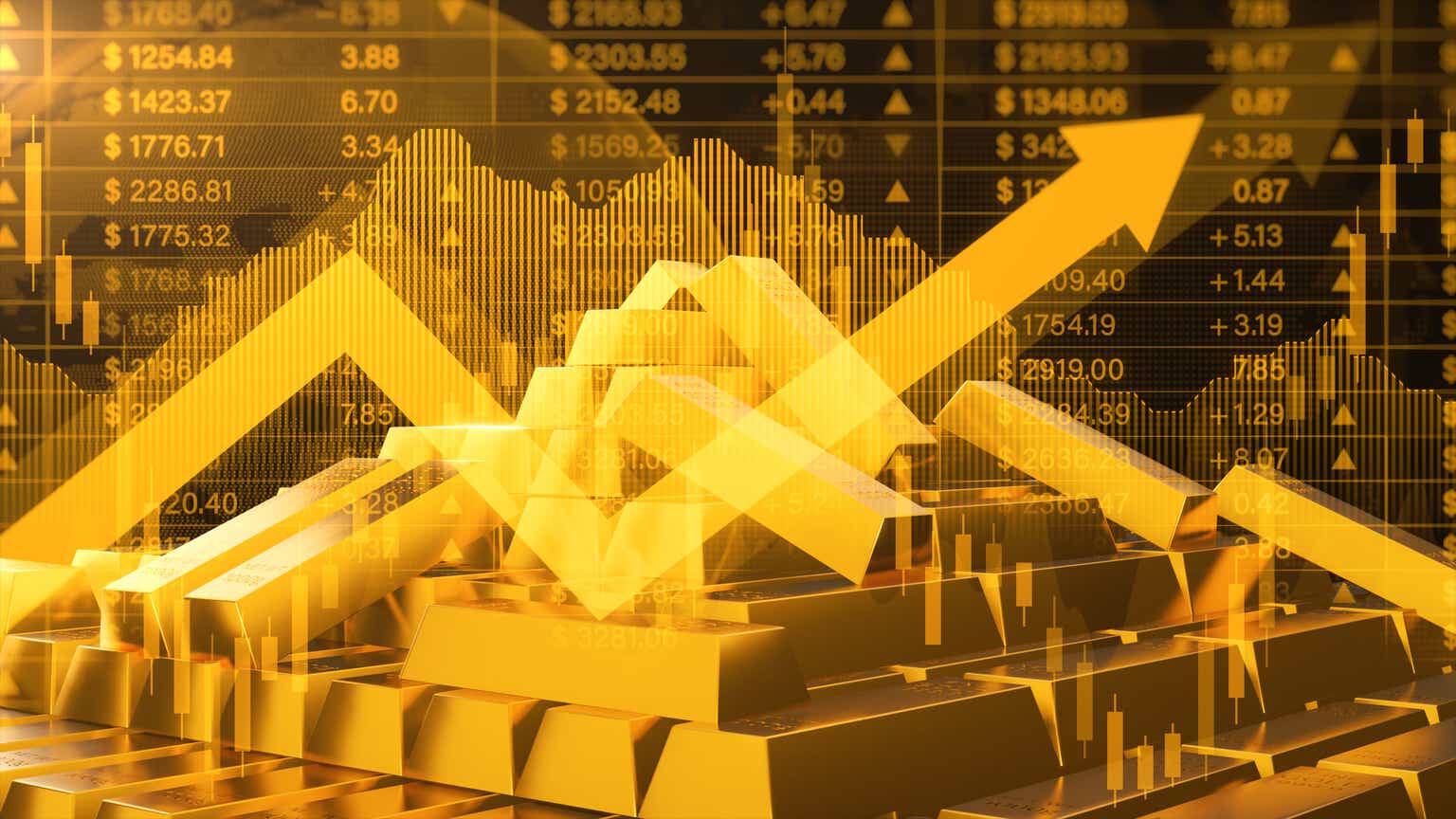Americans are ‘doom spending’ as a result of Trump’s trade policy, new report reveals
Some 27% of Americans say they’ve stockpiled goods, and 14% say they plan to hoard goods soon.

- Wary of the risk of an economic downturn after Trump’s so-called “Liberation Day” tariffs, 20% of Americans say they are “doom spending” as a way to cope with fear, anxiety, or pessimism about the future, according to a new report. While delinquencies are already on the rise, consumers are also stockpiling goods and making substantial purchases.
Amid the fallout of President Donald Trump’s so-called “Liberation Day” tariffs that sent the stock market spiraling, some Americans are doom spending out of fear of higher prices, a report shows.
As JPMorgan holds the risk of a recession at 60%, a condition that makes consumer buying stagnate, one in five Americans are “doom spending” to cope with fear, anxiety, or pessimism for the future, according to a report from CreditCards.com.
John Egan, a personal finance expert for CreditCards.com, said that these habits “can lead to piling up credit card debt.”
As delinquencies have already started to rise to their highest level in nearly five years, 37% of Americans surveyed report they are likely to go into or add to their credit card debt this year, while 19% say they are “somewhat likely” to do so.
While Trump temporarily walked-back some of his hefty tariffs by implementing a 90-day reprieve, consumers are looking to get ahead of price hikes in case of an economic downturn by spending more now and lenders are noticing.
“We’ve seen a shift towards essentials and away from travel and entertainment,” Citigroup’s chief financial officer Mark Mason said during the company’s quarterly earnings call last week.
Some 27% of Americans say they’ve stockpiled goods, and 14% say they plan to hoard goods soon. Among the most commonly hoarded items include food (74%), personal care items (60%), toilet paper (48%), water (47%), and home goods (43%).
“While it makes sense to stockpile certain items to avoid tariffs, only buy what you actually need and will actually use. Otherwise, you might wind up overspending,” Egan said.
Roughly 50% of Americans purchased something with a price tag of more than $500 since last November and half of them said fear of higher prices influenced their decision.
China, home to tech manufacturing, still bears a 145% tariff on exports to the U.S., and 22% of Americans who made purchases more than $500 say they spent it on electronics. Other common purchases have been home improvement materials (18%), home appliances (14%), cars (12%), furniture (12%), and homes (4%).
This story was originally featured on Fortune.com
